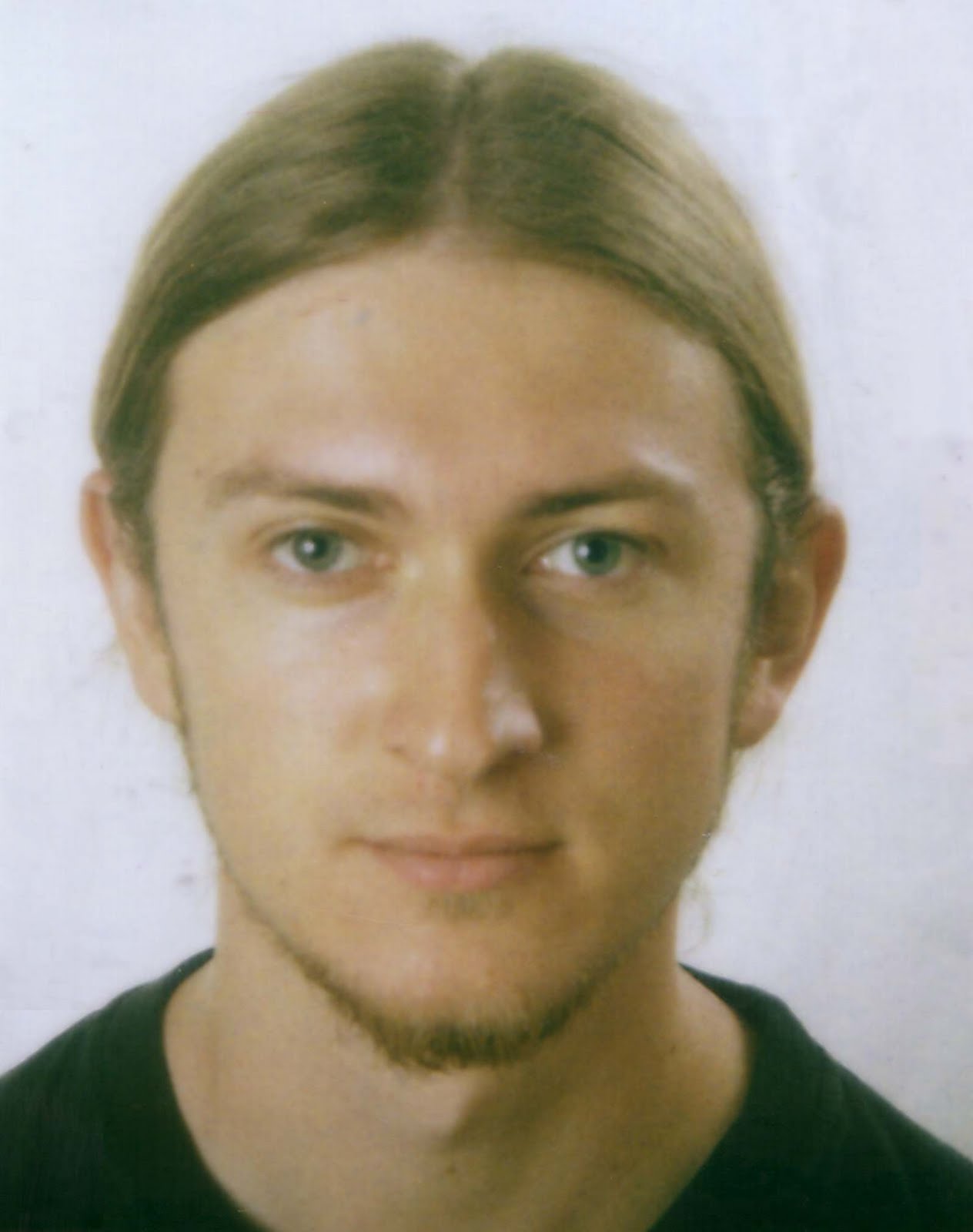Hi followers!
I know I am still not updating often this blog. In majority, this is, again, due to my new work and the preparation of my PhD thesis defense. So, I am doing a lot of interesting stuff at work that I may share in here some day. Besides, concerning my PhD, my last paper has been successfully presented last week at
VRST2010 by my advisor (I was not able to go myself). This paper was about simulating the Human visual system using the new visual attention model I have proposed to predict user's gaze during real-time first-person navigation in interactive 3D virtual environments. Also, my last collaboration ended with a paper accepted for publication in the
IEEE TVCG journal. This paper is about real-time haptic interaction with fluids: my small contribution is a cheap fluid rendering method. I may talk about it here soon. I now only have to think about my PhD defense presentation! :)
Note on CUDAI have read the two books about CUDA (
1 and
2). They are pretty amazing book for learning the basics but I was still hungry after that. So I have decided to read more documents like the nVidia best practice recommendations. I was surprised to see that these books/documents advice a set of "simple" rules to follow in order to get good performance such as "Increasing occupancy is the only way to improve latency hiding". But, as exposed in this
very good presentation, you have to be careful with these advices. It reveals another set of rules for better performance with lower occupancy. Overall, like with every computing systems, you should always try several codes and use the one which give the best performance.
Amazing books- This book about the
two Id johns is very well written! I could not stop reading it!
- Are you looking for a book to learn physically-based rendering methods? Stop searching and buy
this one! An incredible amount of methods are covered in this book with a new presentation style I have just discovered: literate programming. The book covers a large range of knowledge: from the basics (ray tracing, collision, etc) to the advanced one (metropolis light transport, sub-surface scattering, spherical harmonics, etc). There are all Math equations and corresponding source code! Perfect!







